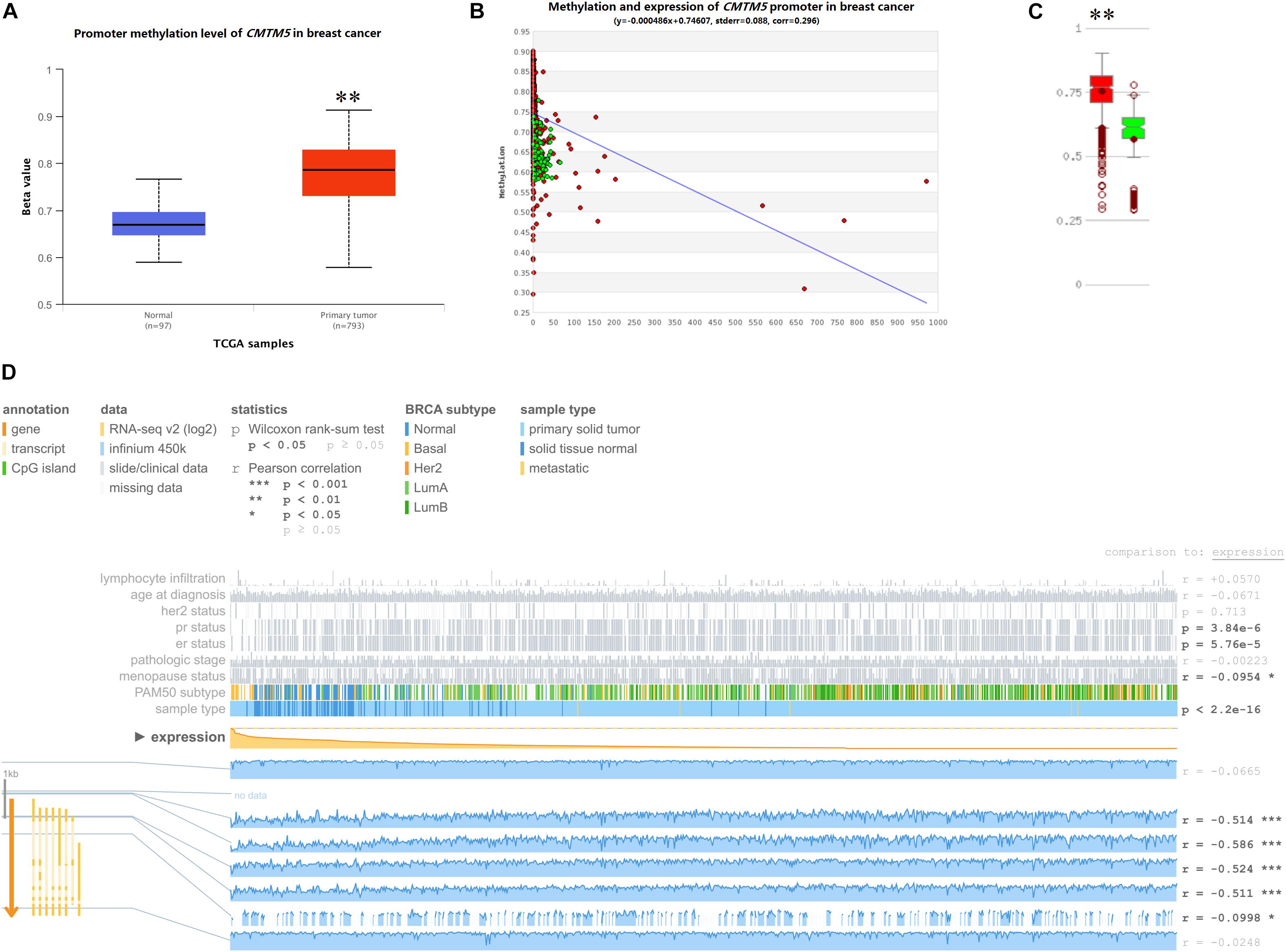

An introduction to genes, genomes and disease. Hall PA, Reis-Filho JS, Tomlinson IP, Poulsom R. High-throughput transcriptome profiling in drug and biomarker discovery. Yang X, Kui L, Tang M, Li D, Wei K, Chen W, et al.

Systems biology of cancer biomarker detection. Cancer transcriptome profiling at the juncture of clinical translation. Retrovirology 2018 15:72.ġ1.Ĝieslik M, Chinnaiyan AM. Distinct gene expression signatures induced by viral transactivators of different HTLV-1 subgroups that confer a different risk of HAM/TSP. Naito T, Yasunaga JI, Mitobe Y, Shirai K, Sejima H, Ushirogawa H, et al. Molecular mechanisms of HTLV-1 infection and pathogenesis. Gene expression signatures delineate biological and prognostic subgroups in peripheral T-cell lymphoma. Iqbal J, Wright G, Wang C, Rosenwald A, Gascoyne RD, Weisenburger DD, et al. Neuroimmunology of human t-lymphotropic virus type 1-associated myelopathy/tropical spastic paraparesis. What is hidden below the water? AIDS Rev 2019 21:211-217.ħ. Clinical manifestations in individuals with recent diagnosis of HTLV type I infection. Poetker SK, Porto AF, Giozza SP, Muniz AL, Caskey MF, Carvalho EM, et al. Mother-to-child HTLV-1 transmission: unmet research needs. Association between HTLV-1 infection and adverse health outcomes: a systematic review and meta-analysis of epidemiological studies. Schierhout G, McGregor S, Gessain A, Einsiedel L, Martinello M, Kaldor J. pathogenesis, epidemiology, diagnosis and associated diseases. Immune response associated genes may be biomarker for prognosis in cancer development and therapeutic targets.ġ.Ğusebio-Ponce E, Anguita E, Paulino-Ramirez R, Candel FJ. Based on the topological analyses of protein-protein interaction networks, APP (Amyloid Beta Precursor Protein) was detected as a critical player in progression of HTLV-1 disease.Ĭonclusion: Dysregulation of immune response associated transcripts play a critical role in HTLV-1 disease progression. The nodes and edges number of normal-AC, AC-ATL and ATL-HAM/TSP PPIs were 168 and 145, 116 and 97, and 275 and 327, respectively. Results: We found that the majority of DEGs in ATL and HAM/TSP were importantly implicated in immune response categories. Subsequently, gene ontology (GO) and topological analysis were performed. Among the generated DEGs, we constructed protein-protein interaction (PPI) between HAM/TSM and ATL in comparison to asymptomatic carriers (ACs). Several bioinformatics tools were used to identify differentially expressed genes (DEGs). Materials and Methods: Microarray gene expression profiling of T-lymphocytes from HTLV-1 associated disease and healthy control were obtained from Gene Expression Omnibus (GEO). The present study aims to analyze gene expression patterns in ATL and HAM/TSP. Background and Objectives: Human T-lymphotropic virus type 1 (HTLV-1) is the cause of adult T-cell leukemia (ATL) and HTLV-1-associated myelopathy/tropical spastic paraparesis (HAM/TSP).


 0 kommentar(er)
0 kommentar(er)
